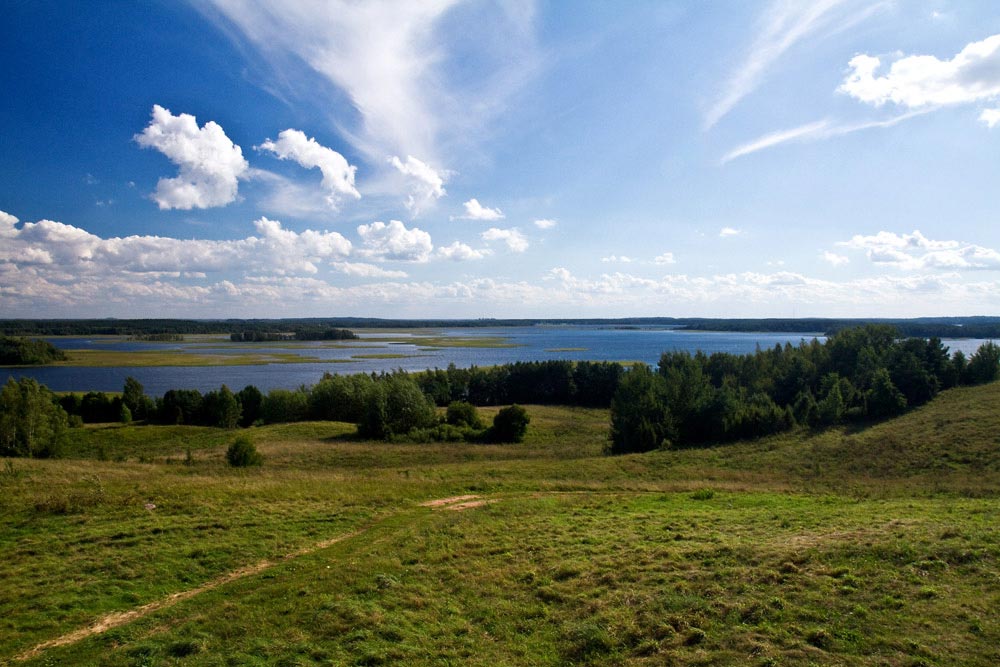
First works
 Yanka Kupala’s first verses were written in Polish in 1902. However, a short time later the poet realized that only his mother tongue, the Belarusian language was the power through which he could express wholly his thoughts. This realization had come to him thanks to the books by Belarusian writers of the 19th century F. Bogushevich and V. Dunin-Martsinkevich. The decision to write in Belarusian was a courageous act since the Belarusian language in the Russian Empire had been banned.
Yanka Kupala’s first verses were written in Polish in 1902. However, a short time later the poet realized that only his mother tongue, the Belarusian language was the power through which he could express wholly his thoughts. This realization had come to him thanks to the books by Belarusian writers of the 19th century F. Bogushevich and V. Dunin-Martsinkevich. The decision to write in Belarusian was a courageous act since the Belarusian language in the Russian Empire had been banned.
The earliest known verse of the young poet written in Belarusian is My Destiny (Мая доля) which dates from 15 July, 1904. It reflects psychological self-consciousness of a man from people, his oppression. On 15 May, 1905, his verse The Peasant (Мужык) appears in Minsk newspaper Severo-Zapadnyi Krai. It was the first verse of the poet published in the Belarusian language. On 11 May, 1907, his verse To The Mower (Касцу),appeared in the newspaper Nasha Niva and became Kupala’s debut in the Belarusian-language press.
In the beginning of 1908 in St.-Petersburg issued The Little Flute (Жалейка) Yanka Kupala’s first poetry collection. It included his verses written in 1905–1907 and the poem The Payment of Love (Адплата кахання). The eminent verse But who marches there? (А хто там ідзе?), first published in this collection, had played a crucial role in the formation of the Belarusian nation and had been for a long time an unofficial anthem of Belarus. Before 1913, Yanka Kupala translated into the Belarusian language separate works by I. Krylov, A. Koltsov, M. Nekrasov from Russian, T. Shevchenko from Ukrainian, A. Mickiewicz, M. Konopnicka, W. Syrokomla from Polish.

